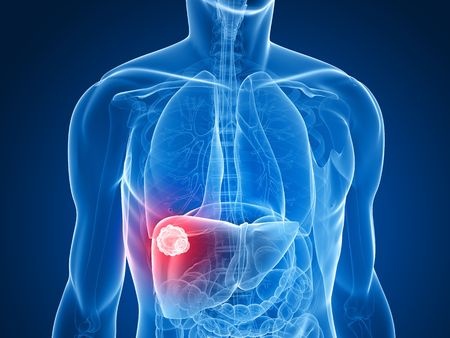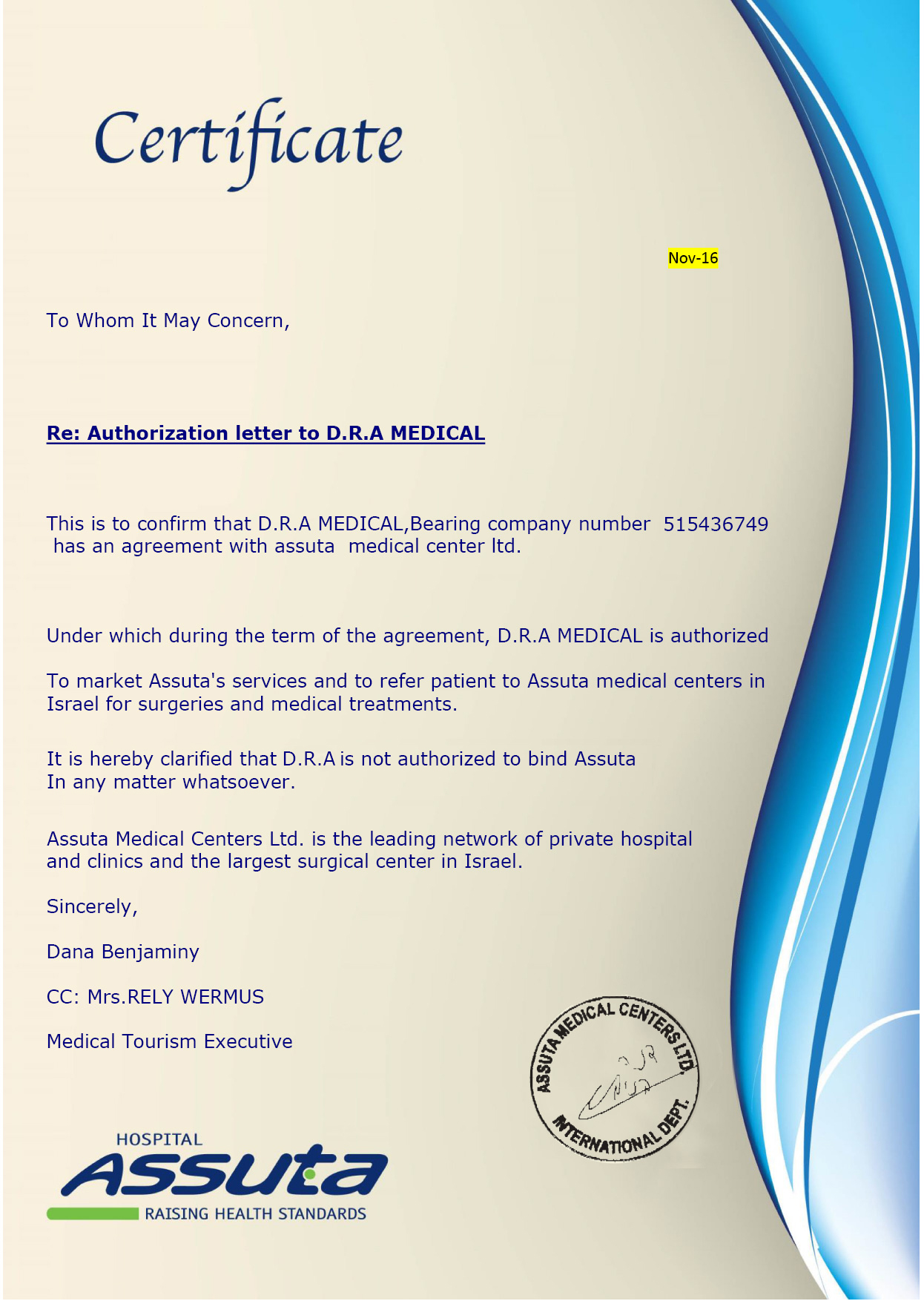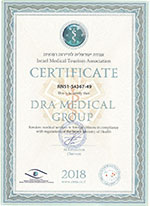Overview
Liver tumors can be classified as primary or secondary, depending on their origin (liver cells or distant sites, from where they travel to the liver). In either case, surgery is typically the best therapeutic approach. However, patients might not be eligible to undergo surgery, due to tumor being too severe or the patient’s overall health state being too weakened.
Ablative therapy generally involves minimally invasive procedures that aim at destroying cancer cells directly in the liver, i.e., the cells are not surgically removed, rather they’re killed inside the liver. Several types of ablation can be used to treat liver tumors.
- Radiofrequency ablation - with the help of an ultrasound or CT scan, doctor identifies the tumor’s precise location and then inserts a needle through the skin and right into the tumor. This needle delivers radio waves that cause the cancer cells to heat up and die.
- Microwave ablation - the procedure is similar to the one used in radiofrequency ablation, but it uses slightly different waves – microwaves instead of radio waves.
- Percutaneous ethanol injection - it involves the injection of ethanol directly to the tumor using a needle. The alcohol causes the tissues to dehydrate, and this stops the blood supply to cancer cells.
- Cryosurgery, or in situ freezing - using a hollow instrument, liquid nitrogen is delivered to the tumor site, and the extremely low temperatures that it induces causes cancer cells to freeze. After that they thaw and are naturally absorbed by the body.
Advantages and disadvantages of liver tumor ablation
Compared with other liver cancer treatments, ablative techniques represent a faster, more targeted approach with fewer side effects and shorter hospitalization times. The procedures are minimally invasive and as such the recovery period is significantly reduced. Due to the use of imaging techniques to guide needle placement, healthy tissues are widely spared and only the affected area is attacked by the waves or the chemical substances. Contrary to other types of therapy, the results of the ablative intervention are normally immediate. This type of therapy can easily be repeated if such a need is identified and it can be used in conjunction with other cancer treatments.The disadvantages of ablative therapy include abdominal pain or even fever, but both can be resolved quickly with the appropriate medicines.
Reasons for the procedure
Ablative therapy is appropriate for patients with a small number of tumors (four to five) but for whom surgical resection is not an option, due to poor liver function or a fragile health state in general. It can also be used in patients that are waiting for a liver transplant.
Risks of the procedure
The risks of this medical procedure depend on the type of technique selected. In general, the risks of undergoing an ablative procedure include the following:
- Liver injury, with subsequent blood or bile loss
- Infection
- Inflammation
- The introduction of heat in the liver can damage nearby organs, such as the gallbladder
Contraindications for the procedure
Ablation techniques are not indicated for tumors larger than 3 cm across. For tumors between 3 and 5 centimeters, it can only be used in combination with embolization procedures.Even though this is a very targeted approach, there is a risk that the nearby tissues will be affected to some extent. Consequently, it is not advisable to do ablation in tumors that are located close to the major blood vessels, the diaphragm or the bile ducts.









